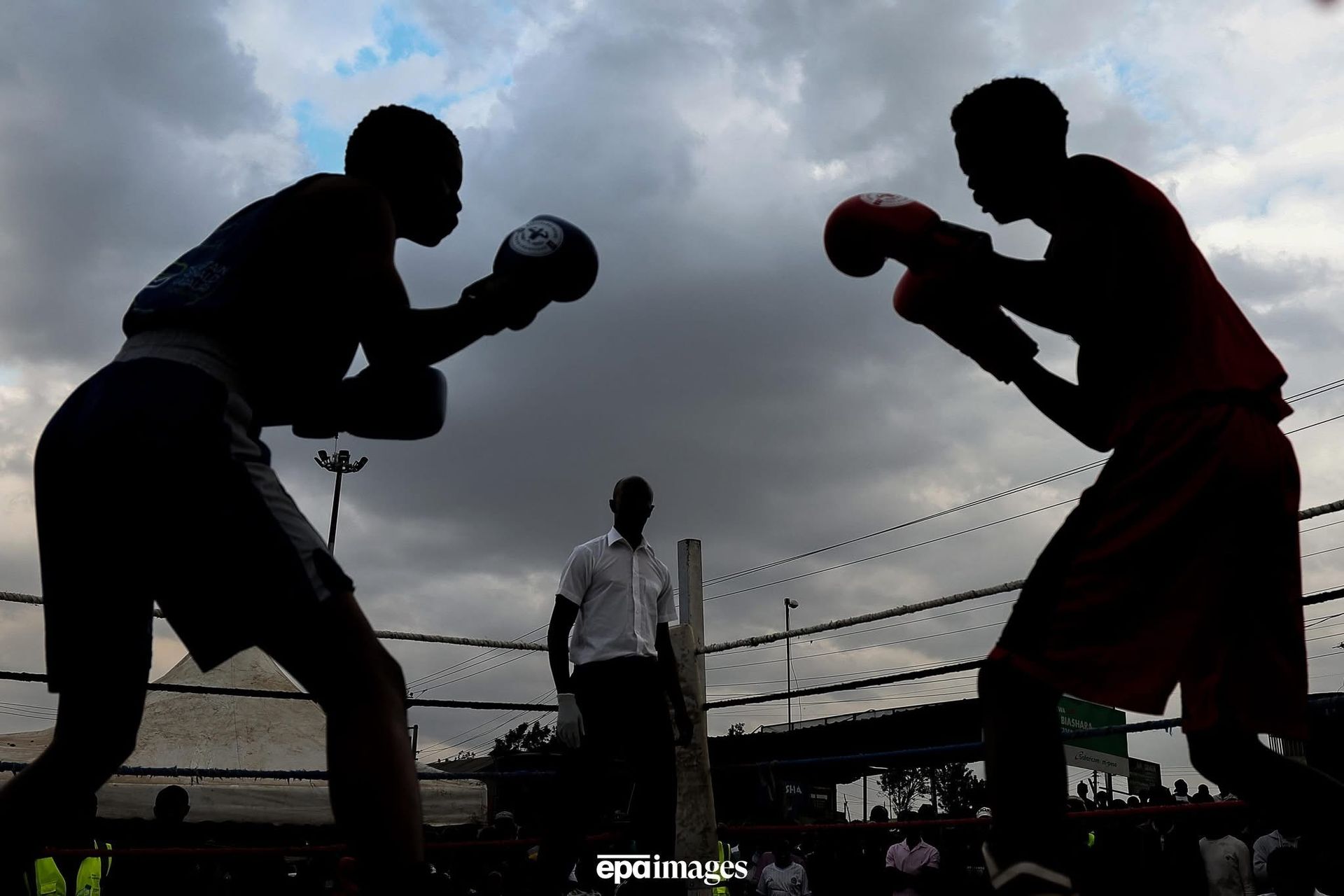Mathare, Nairobi — Mto Wangu Initiative in collaboration with other impactful organizations in Mathare and beyond delivered a powerful, youth-led program that turned sport and fashion into instruments of civic education and advocacy marking the World Youth Week 2025. The event centered on a community boxing tournament and a storytelling modeling showcase — two culturally resonant platforms that translated the Sustainable Development Goals (SDGs) into local priorities, conversations and commitments.
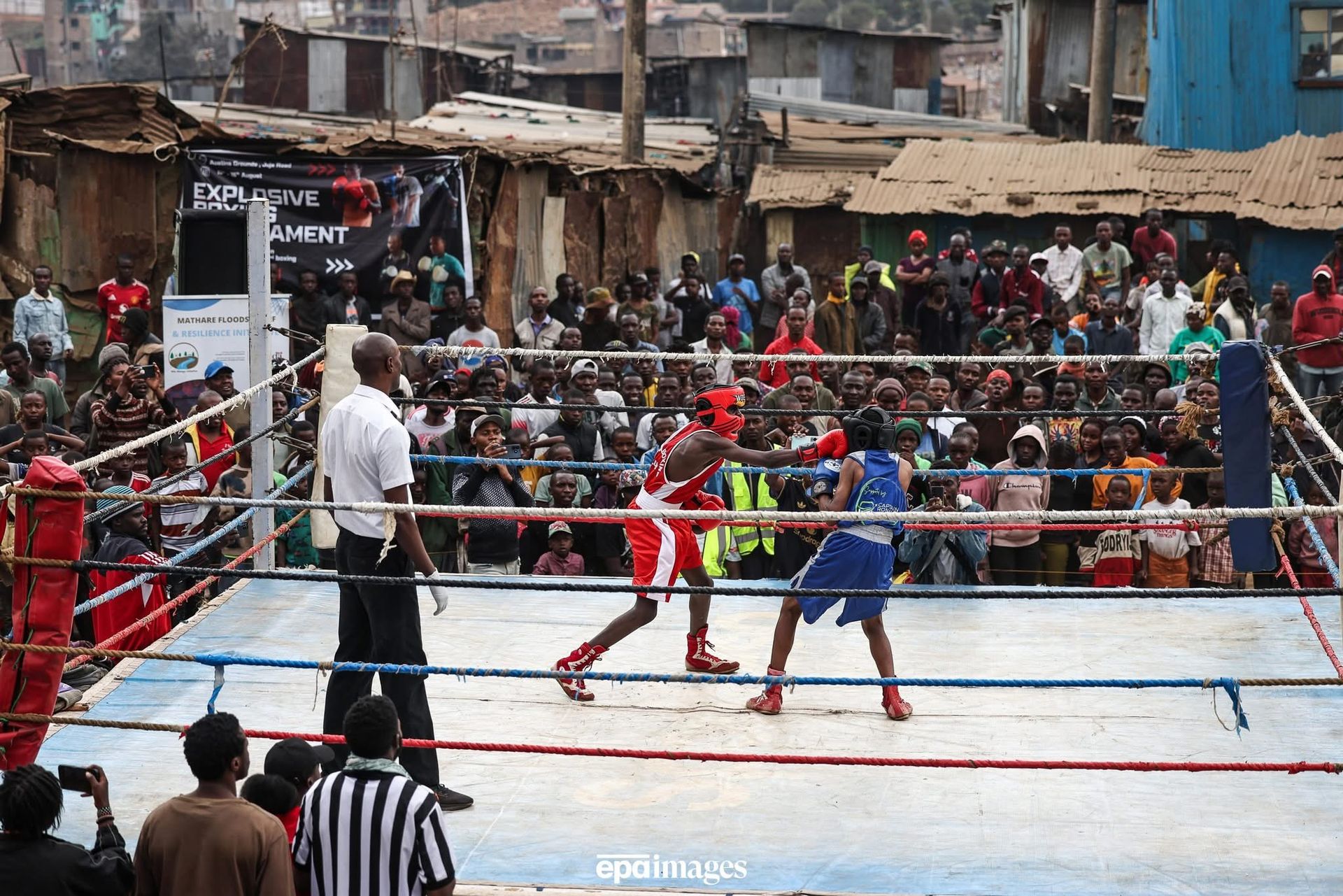
From the opening bell to the final walk, young people claimed space as active participants in shaping the future. Boxers from across Mathare and neighboring neighborhoods stepped into the ring not only to compete but to amplify messages about zero poverty, quality education, gender equality, health and nutrition, decent work and economic growth, life on land, climate action and partnerships for the goals. Meanwhile, a creative runway used reclaimed and upcycled materials to dramatize each SDG, proving that creative expression is an effective vehicle for awareness and behavior change.
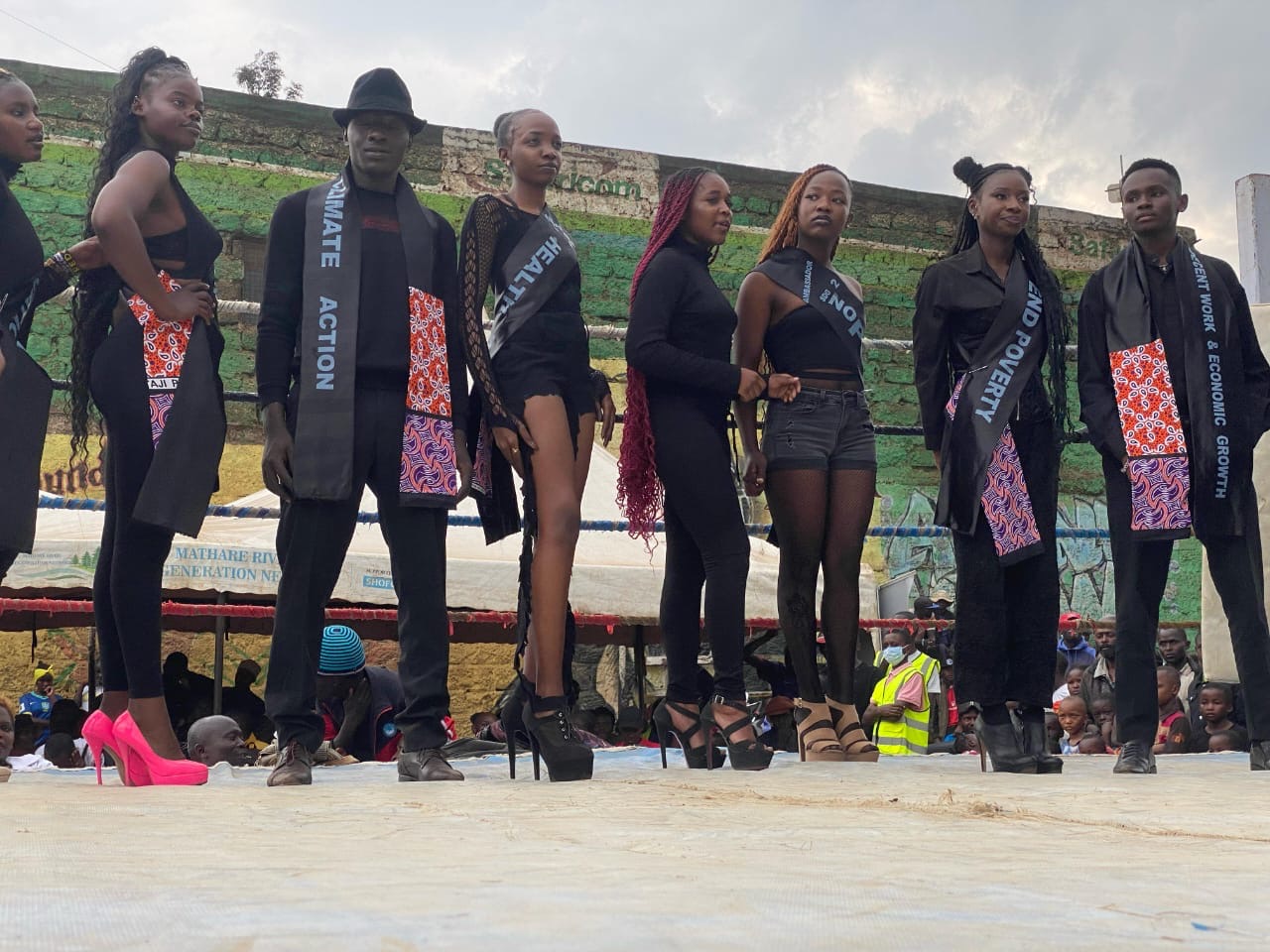
Why sport and the arts work for SDG localization
Sport and the arts have long served as entry points for public engagement because they are immediate, visual and emotionally compelling. In Mathare, a boxing match draws attention, builds local pride and creates relatable role models. A modeling showcase transforms policy language into human stories: a look, a gesture, a costume that carries meaning. Together, the two formats reach different audiences — families in the stands, young creatives watching the runway, community leaders and local decision-makers — increasing the likelihood that SDG messages will stick.
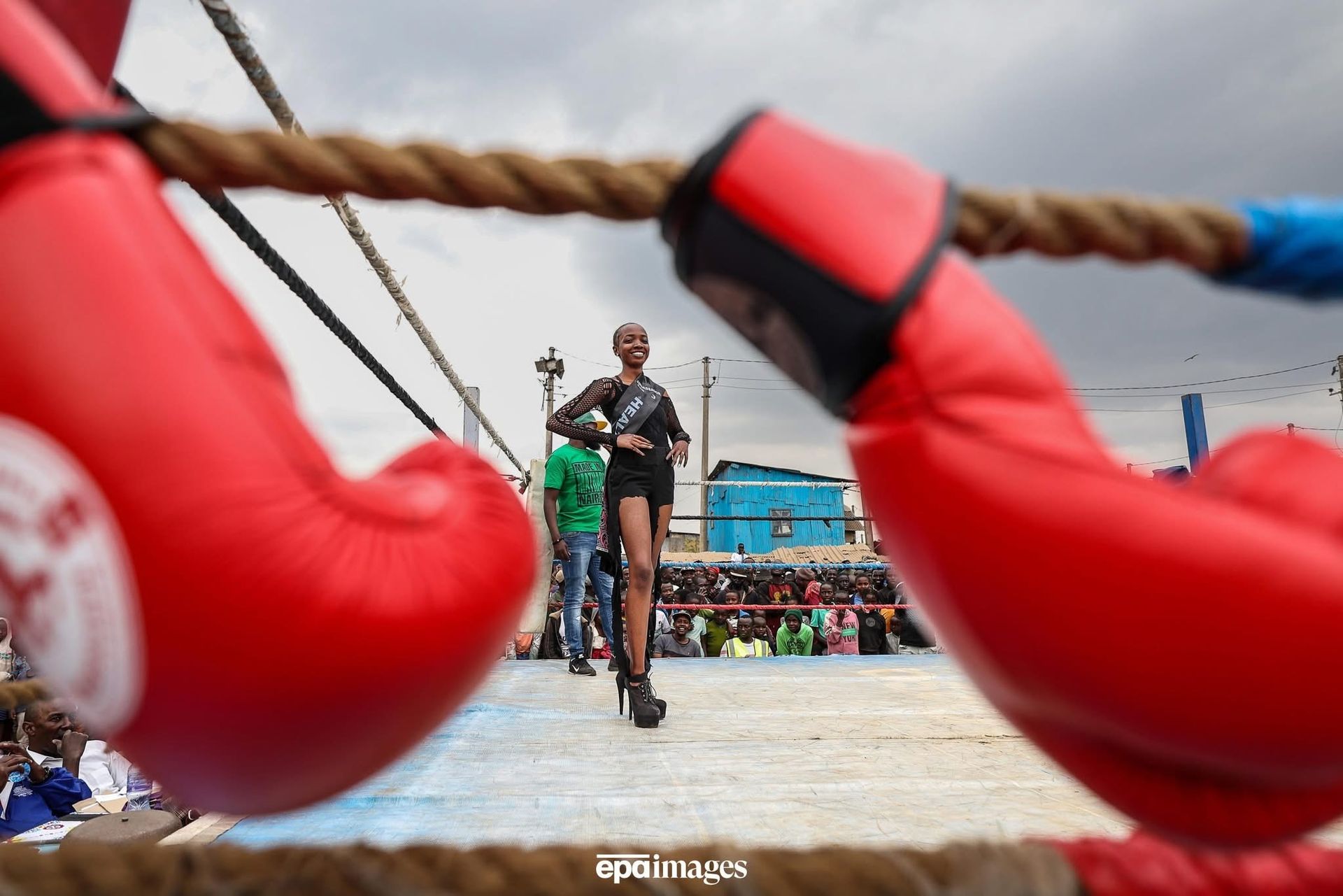
Accessibility is a key advantage. When technical concepts like “decent work” or “life on land” are presented through performance, they become tangible. Representation matters: when young people from the community explain an SDG in their own words and through their own expression, trust and uptake increase. Live events also generate social media moments and media coverage that expand impact far beyond the venue, amplifying messages across Nairobi and into online networks.
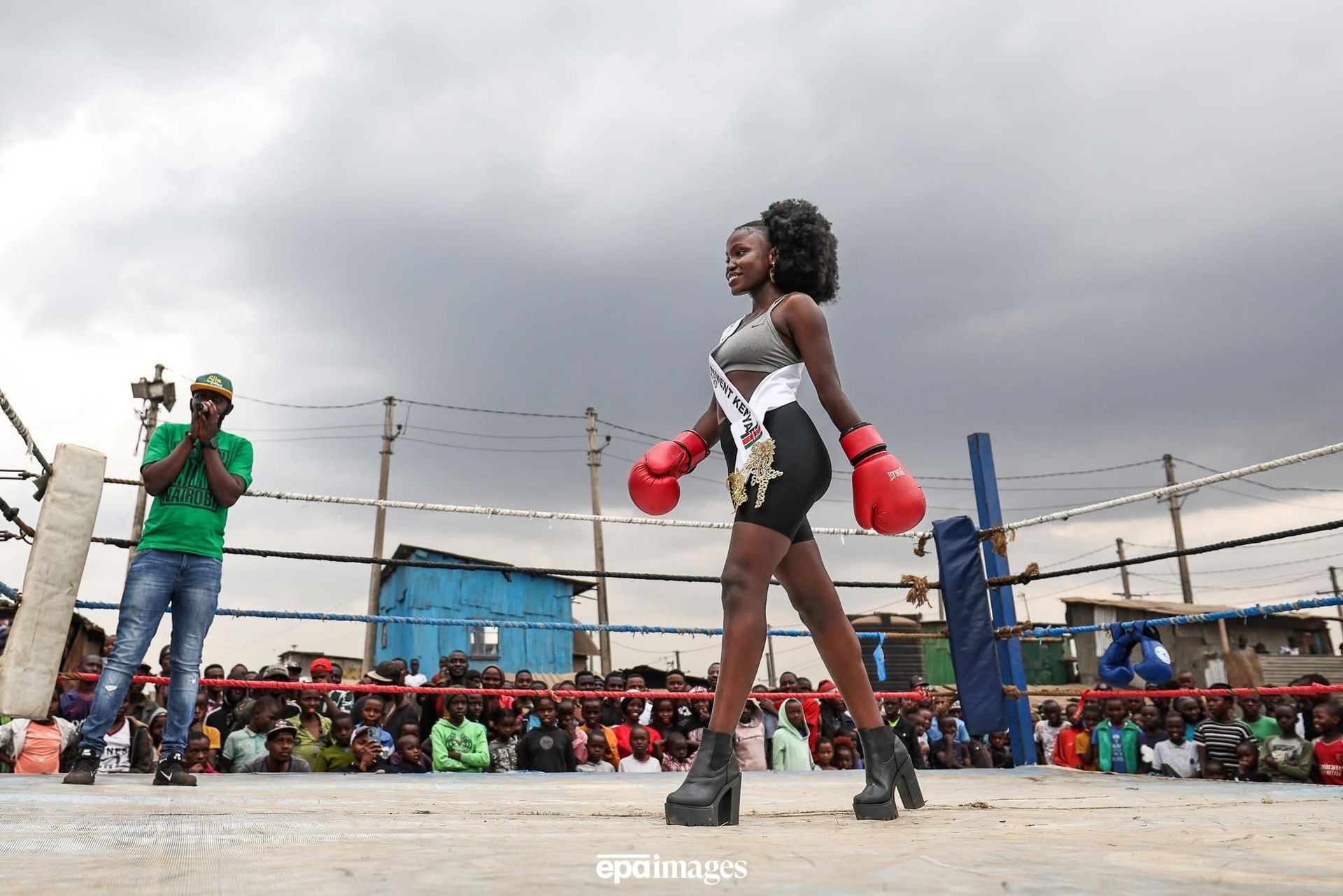
Faith Adoyo, the Upcyclers Creative Hub Lead Modelling in the boxing ring as a Champion and advocate for the Sustainable Development Goals. The Hub mainly advocates for SDG 12; Sustainable production and consumption of textile waste.
Highlights from the day
The boxing tournament brought energy and urgency. Young fighters displayed discipline, courage and a deep commitment to social change. Each bout served as a reminder that sportsmanship and civic responsibility are two sides of the same coin: dedication inside the ring mirrors dedication to community improvement outside it. Coaches and volunteers used pre- and post-match moments to discuss education pathways, vocational opportunities and healthy living, connecting athletic training to broader life skills.
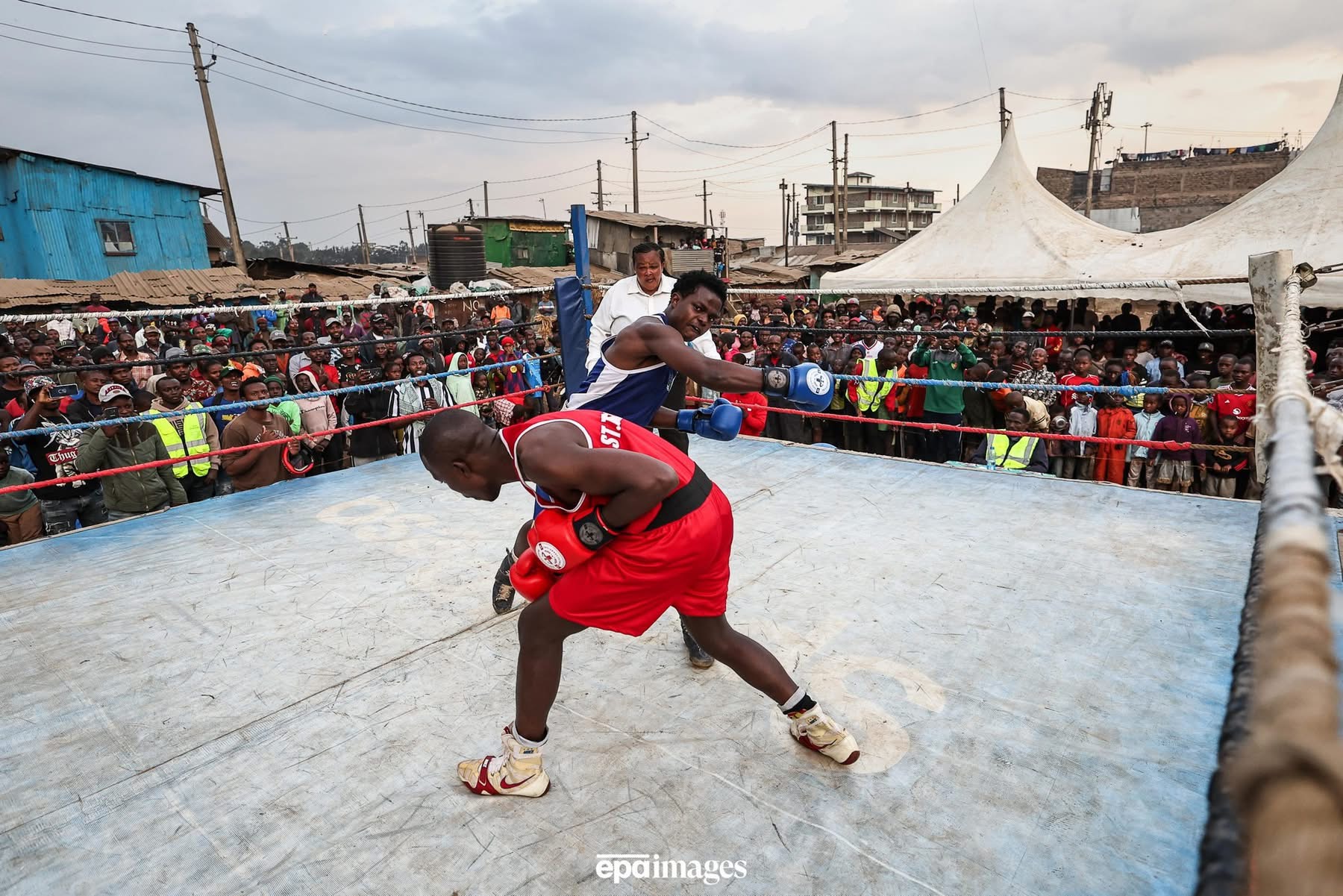
Boxers from St. Teresa's Mathare (Red) and Kasarani (Blue) during the tournament
On the runway, designers and models used upcycled textiles and locally sourced materials to tell stories about sustainable consumption, climate resilience and community wellbeing. The creative showcase linked everyday choices to global goals — demonstrating that fashion can be a platform for advocacy and that youth creativity is central to sustainable solutions. Audiences responded not only to the aesthetics but to the narratives woven into each look, sparking conversations about consumption, waste reduction and local entrepreneurship.
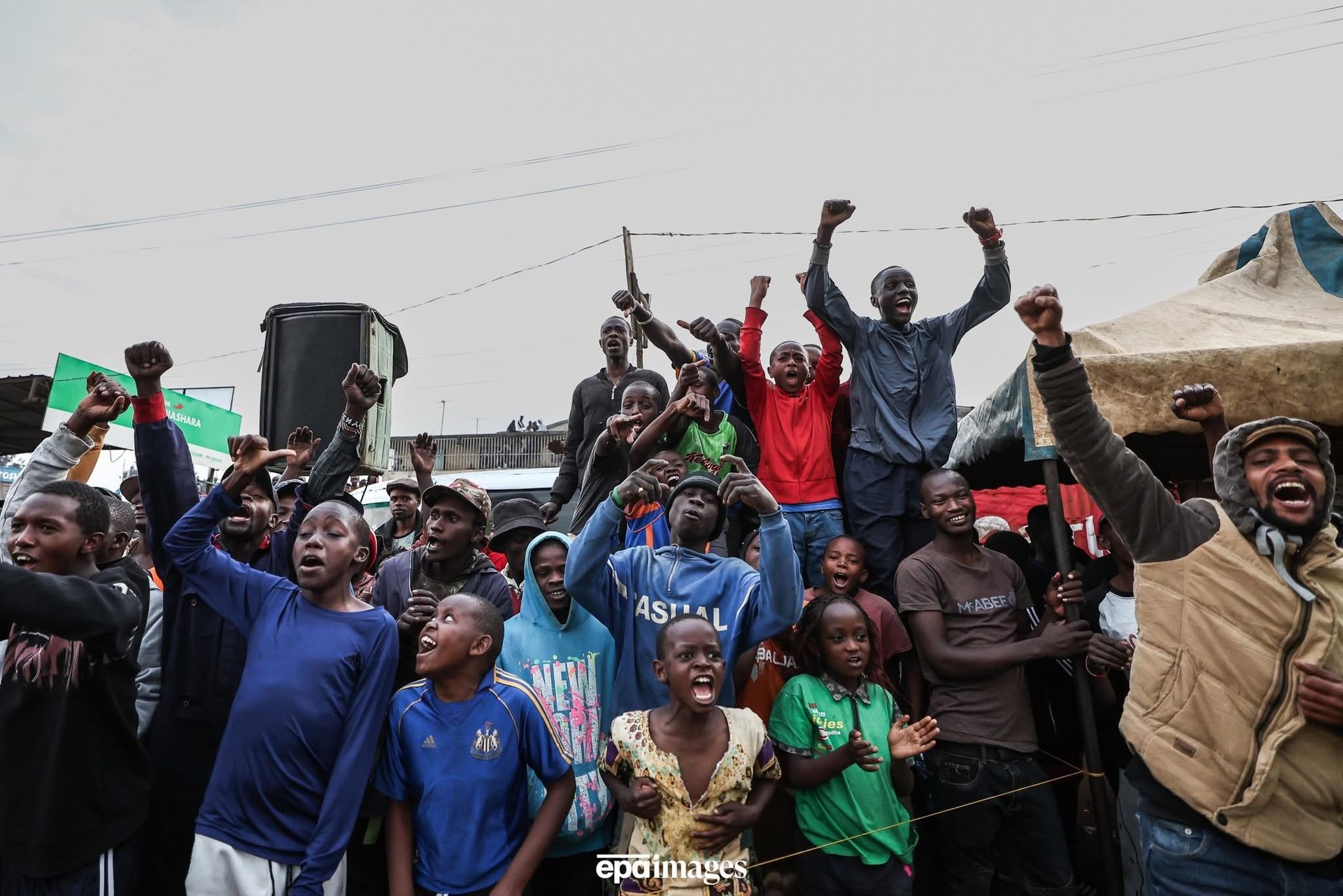
Community members cheer on their favourite boxers
Community turnout was strong. Residents from Mathare and neighboring areas filled the venue, cheering for athletes and models and joining post-event conversations about how the SDGs can be interpreted and implemented locally. The presence of youth leaders, volunteers and local officials signaled multi-stakeholder buy-in and underscored the potential for ongoing collaboration. The event’s inclusive approach helped bridge generational divides, inviting parents and elders to hear youth perspectives and to support follow-up actions.
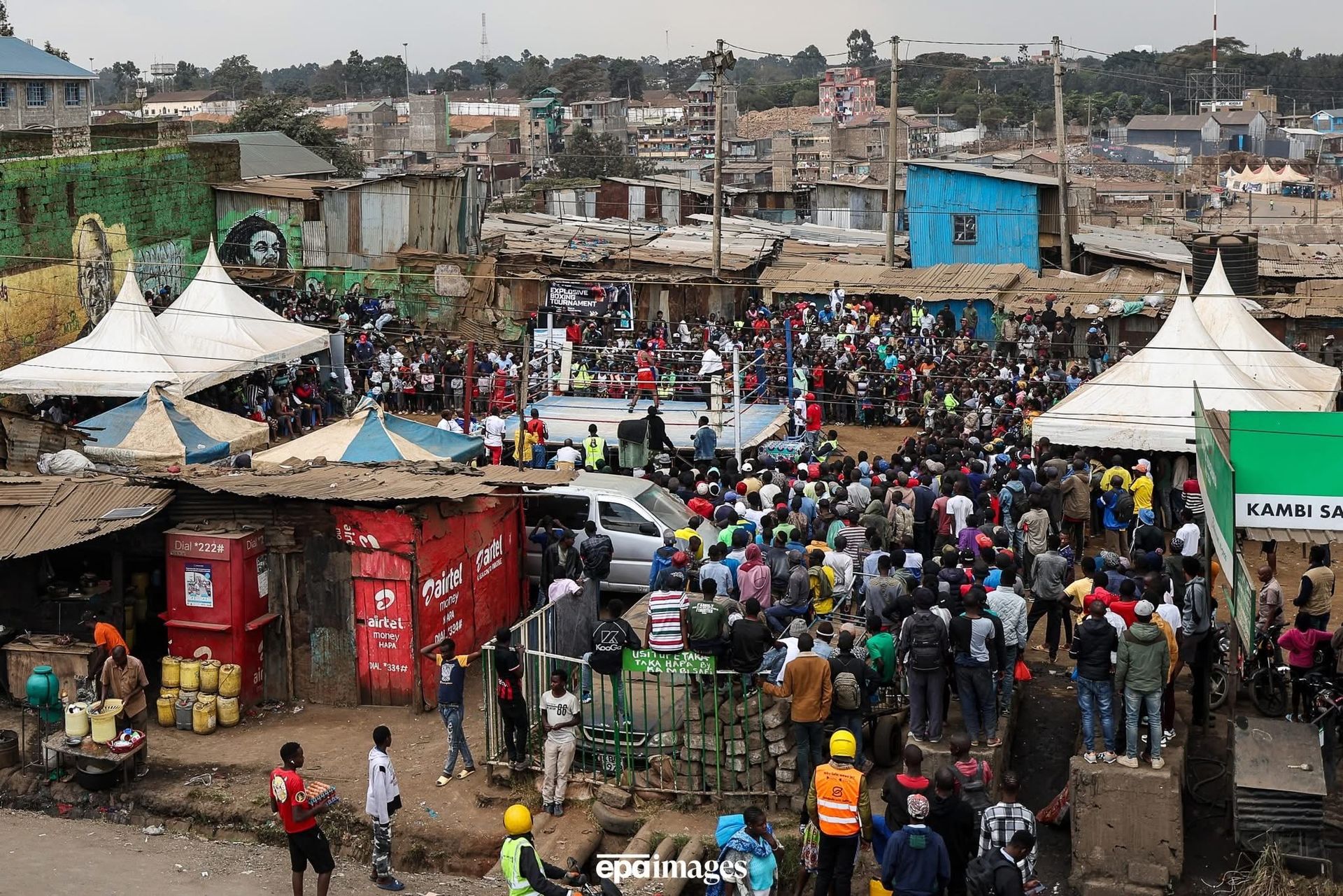
Youth as co-authors of the future
What the Mathare program demonstrated is a shift in narrative: youth are not passive beneficiaries of development programs; they are co-authors of the future. When young people lead events that translate global goals into local contexts, they broaden the base of ownership and accountability. Youth-led advocacy produces messages that resonate because they reflect lived realities and practical solutions, making it easier for communities to adopt and adapt SDG-aligned behaviors.
The event also provided tangible opportunities for skills development. Athletes honed discipline, teamwork and public speaking; creative teams practiced sustainable design, production and storytelling; volunteers learned event management, communication and community outreach. These experiential learning opportunities matter for long-term civic engagement and livelihoods, equipping young people with transferable skills that open doors to employment, entrepreneurship and social leadership.
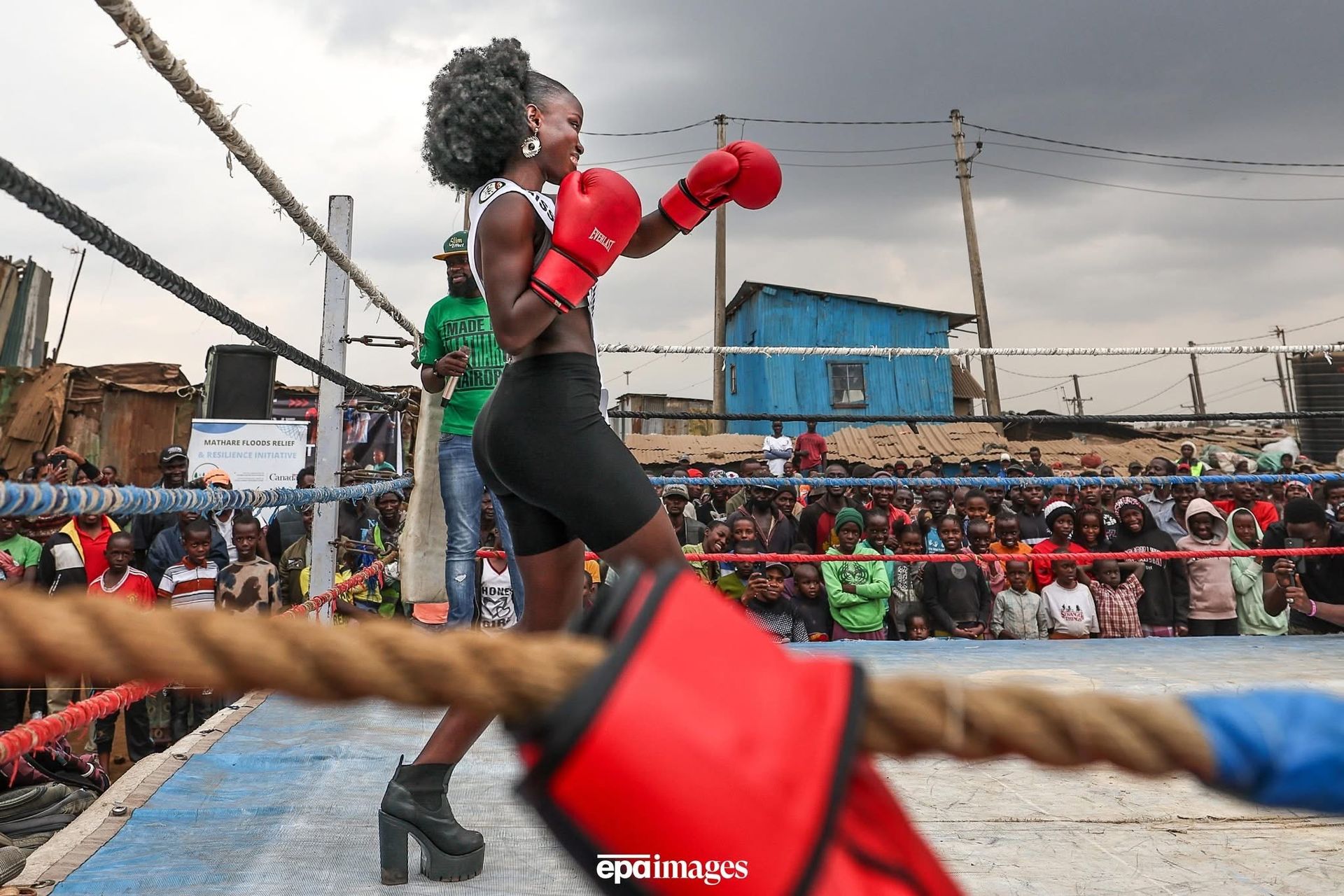
While a single event cannot solve structural challenges, it can catalyze ongoing action. The boxing tournament and creative showcase sparked conversations around employment, education, health and environmental stewardship. Post-event follow-ups, mentorship opportunities and small grants for youth-led projects can transform momentum into measurable progress. Tracking short-term wins — such as new mentorship pairings, creative micro-enterprises launched, or community engagement campaigns initiated — helps sustain engagement and demonstrate value to supporters.
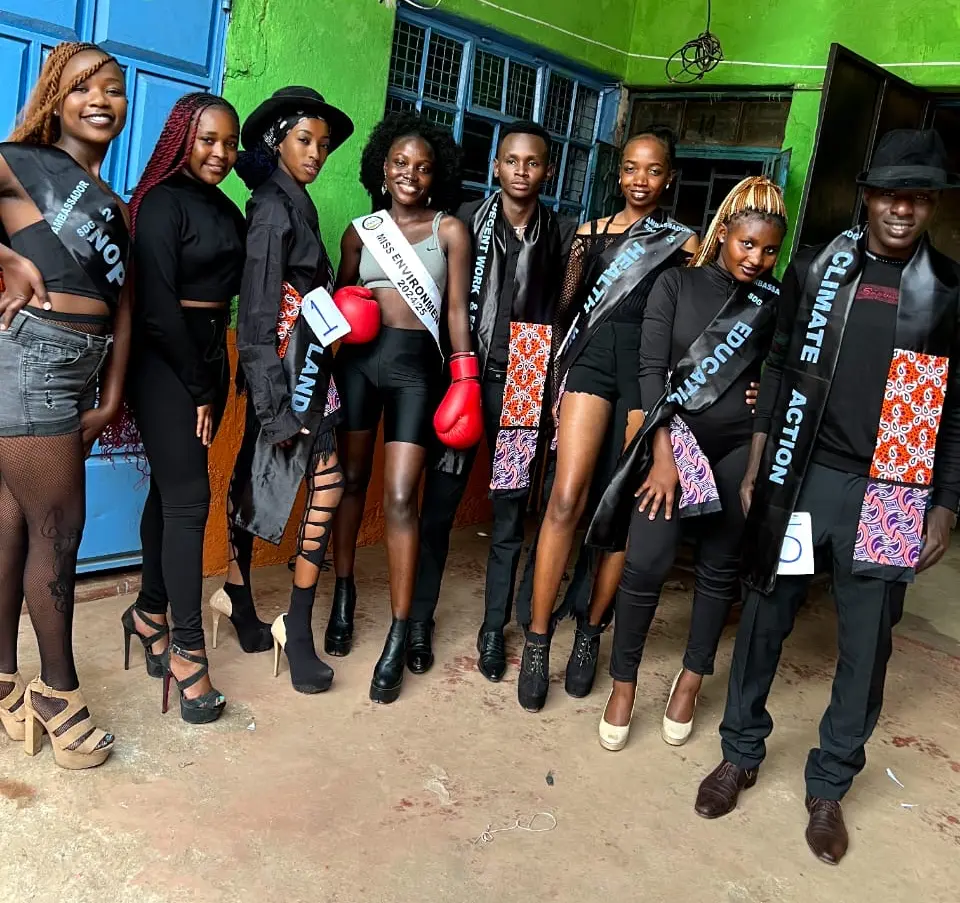
Measuring success is essential: track participant numbers, social media reach, local policy engagements and follow-up activities that emerge. Small metrics — number of young people placed in mentorship programs, youth-led project proposals submitted, or community clean-ups initiated after such events — offer concrete evidence that the approach moves beyond awareness into impact.
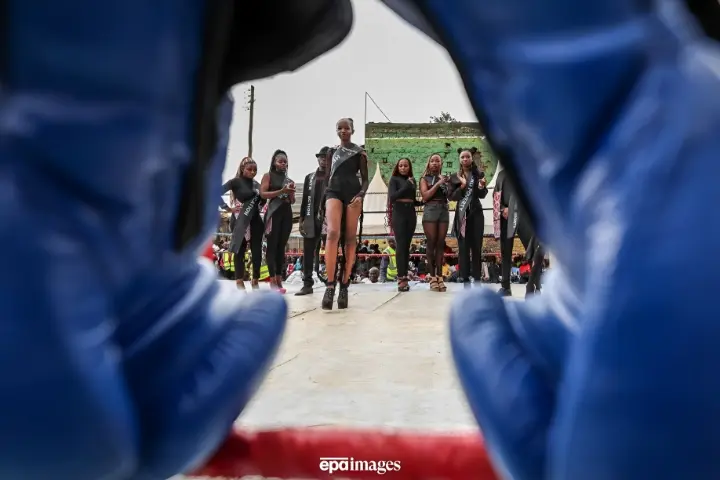
Final note
The unanimous collaboration of Community members, governmental institutions, private sector, intergovernmental organizations and civic partners can work together to supporting youth-led SDG localization by 2030. Volunteer, sponsors, youth athletes, support a creative workshop or help scale community-driven campaigns that connect local priorities to the global goals.
The 2025 World Youth Week in Mathare has proved that sport and style are more than entertainment; they are advocacy tools that humanize policy and mobilize communities. When youth lead, the SDGs stop being distant targets and become actionable priorities shaped by the people who live them every day.
